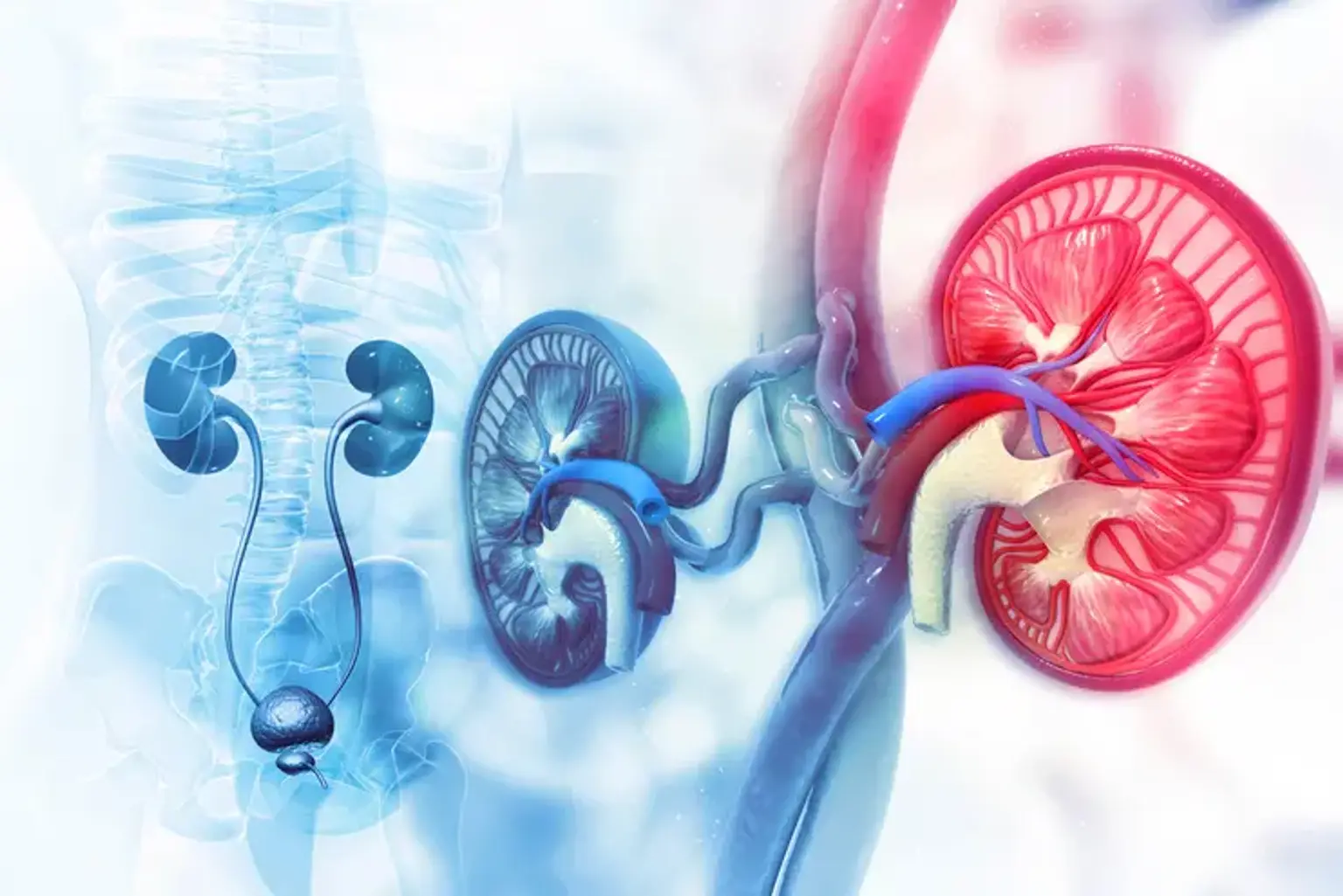Renal hypertension
Overview
In the United States, high blood pressure affects 75 million persons and accounts for 8.6 percent of all primary care visits. Renal disease is one of the most prevalent causes of treatable hypertension, yet it only accounts for 2% of all hypertension cases. It is mostly caused by blood artery constriction in the kidney.
